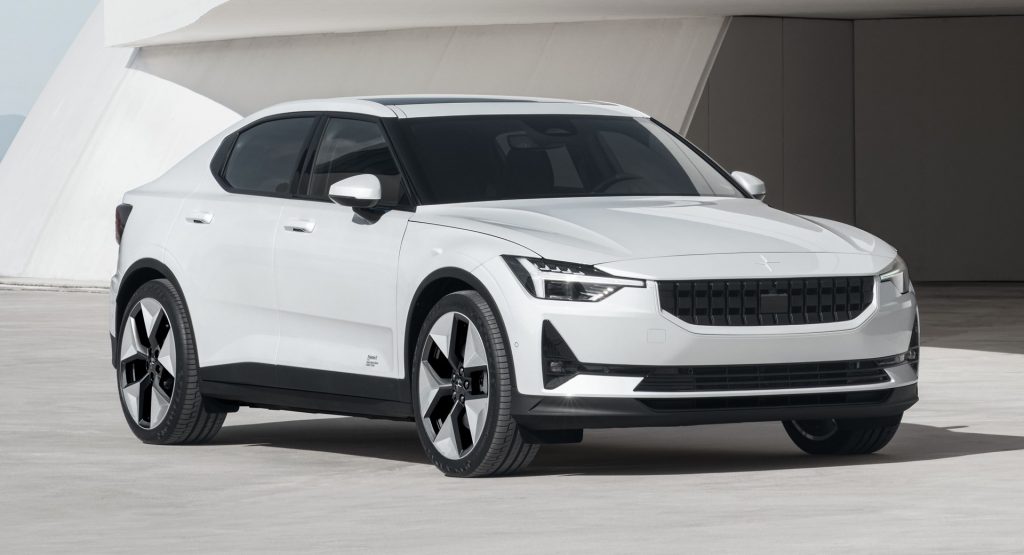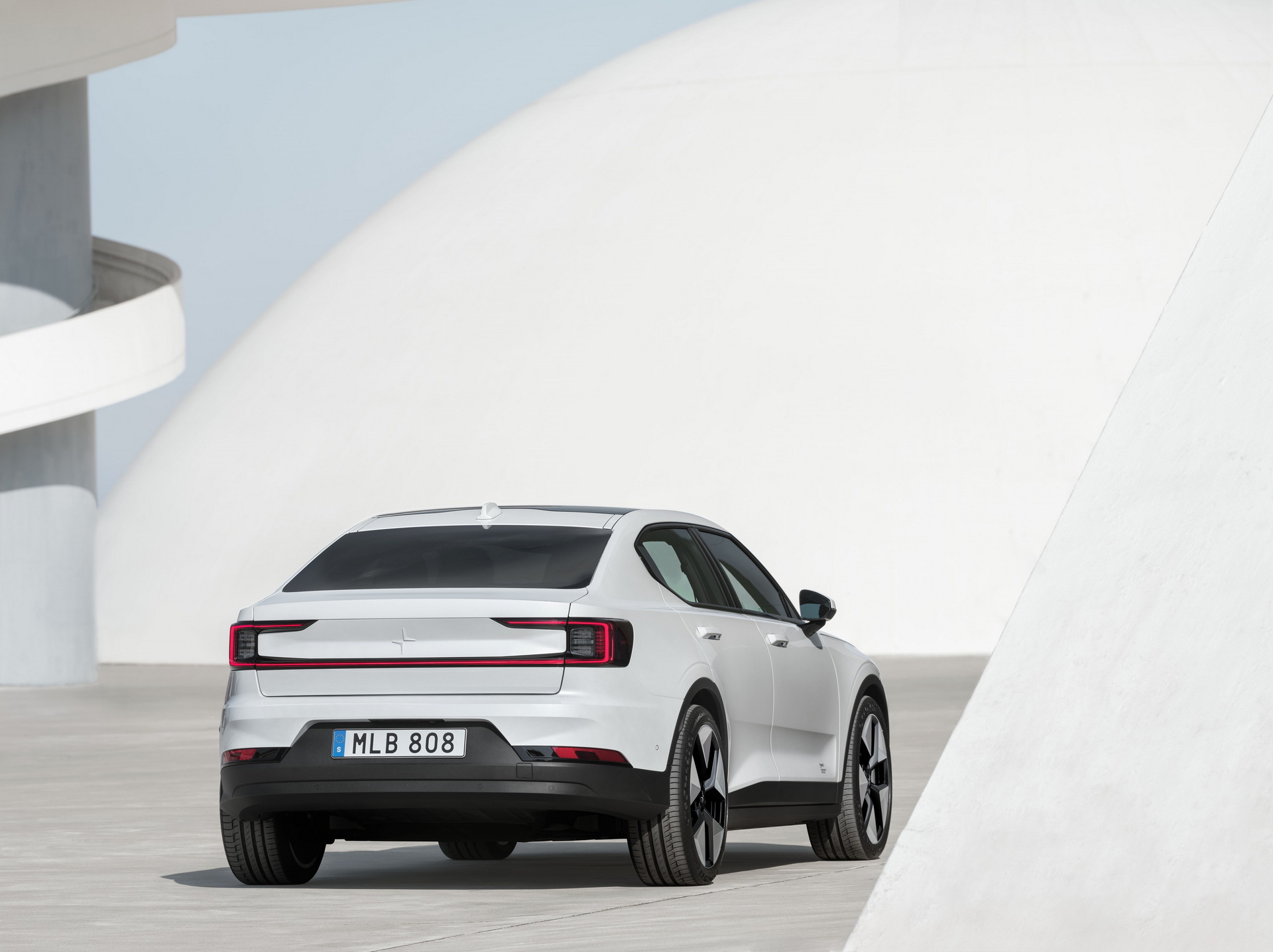Polestar today released its second Annual Review and Sustainability Report, which found that in 2021, the automaker managed to reduce the greenhouse gas emissions of its vehicles by six percent.
The gains were largely made through increased efficiency and the use of renewable energy in its production processes. The report is one of the early steps in Polestar‘s long-term environmental sustainability goals.
Namely, the company wants to halve its carbon emissions between 2020 and 2030, produce a truly climate-neutral vehicle in 2030, and reach climate neutrality across its value chain by 2040. These reports are an important part of that process, the company’s head of sustainability, Frederika Klarén, said.
Read Also: 2023 Polestar 2 EV Gets Longer Real-World Electric Range And Climate-Friendly Updates
“What gets measured gets done,” said Klarén. “Sustainability reporting is key to the transparency we abide by at Polestar. Through annual reports, we monitor our direction towards our ambitious goals and show that we do what we say.”
In addition to reducing the carbon footprint of its vehicles, Polestar also hired expert leads for all four of its strategic sustainability areas: climate neutrality, transparency, circularity, and inclusion. Indeed, its employees were encouraged to participate in engagement and education sessions focused on those areas in 2021, and will be encouraged to do so again in 2022.
Polestar also says that its continued partnership with Circulor now includes blockchain traceability for materials like mica and cobalt that go into its batteries. That way, it can follow the progress of these constituents from source to vehicle to better track their impact.
“We work with each step we take to support our climate strategy,” said Thomas Ingenlath, Polestar CEO. “This is the climate decade. Change and improvement must happen all the time, now, and we can’t afford to wait. I’m proud to say we reduced greenhouse gas emissions per car sold by 6 percent.”






